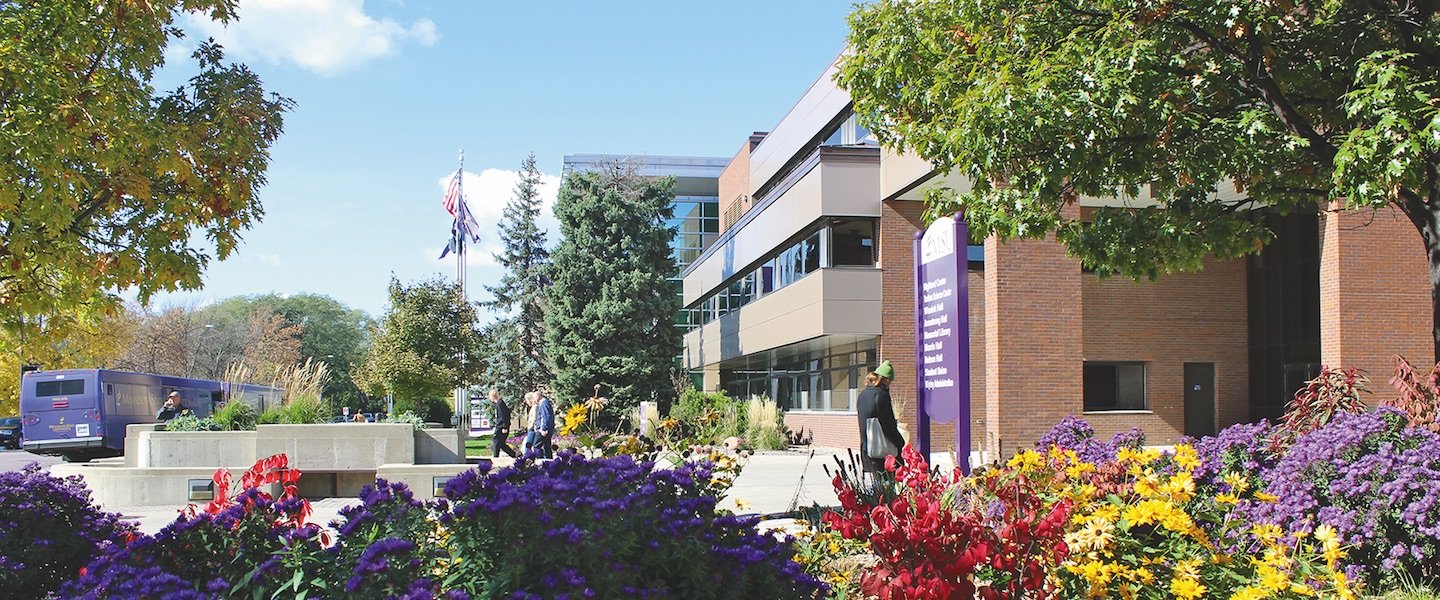Updated Study Shows Continued Reduction of Minnesota State Mankato’s Carbon Footprint

Mankato, Minn. – Minnesota State University, Mankato’s Environmental Committee has added two years of updates to a May 2017 study that showed the University reduced its carbon footprint over five years.
The new report (dated Sept. 23, 2019) shows that the University’s efforts have resulted in a 15.6 percent decrease in carbon footprint over a seven-year period (from academic year 2011-12 through academic year 2017-18).
A carbon footprint is an accounting of all the greenhouse gases resulting from University activities in one year, principally from the use of electricity, the combustion of natural gas to heat buildings and for hot water, and tailpipe emissions from cars and buses for commuting to and from campus.
The Environmental Committee attributed the reduced carbon footprint to three principal causes.
The first was through the Public Buildings Enhanced Energy Efficiency Program administered by the Minnesota Department of Commerce, brought to campus by Facilities Management at the University and implemented in the spring of 2013.
By increasing the efficiency of the University’s heating, ventilation and air conditioning systems, the Public Buildings Enhanced Energy Efficiency Program reduced the University’s carbon footprint by 2.9 percent every year since implementation, resulting in a $119,000 yearly savings after an initial net cost of $13,000 to the University.
The second major cause of the decrease, according to the Environmental Committee, was through the Guaranteed Energy Savings Program, a program of the Minnesota Department of Commerce that was brought to campus by Facilities Management at the University.
Through this program, implemented primarily in 2017, LED light bulbs have replaced fluorescent light bulbs across campus.
The $8 million cost of the Guaranteed Energy Savings Program project is being paid for with savings of approximately $400,000 annually in the University’s electricity and heating costs.
Minnesota State Mankato’s Guaranteed Energy Savings Program project was recognized statewide with a Clean Energy Community award in 2018 and an Environmental Initiative award in 2019.
The third cause of the decreased carbon footprint was a greater number of students, faculty and staff either walking to campus instead of driving their cars or not commuting at all.
Two members of the University’s Environmental Committee – Louis Schwartzkopf and Gary Urban – prepared the updated report. The complete study is available online.
For more information about the University’s carbon footprint report, contact Schwartzkopf at louis.schwartzkopf@mnsu.edu or 507-387-4811.
The report cites the Intergovernmental Panel on Climate Change 2018 report that details the need for a global reduction in anthropogenic emissions of carbon dioxide as the reason it is important to track Minnesota State Mankato’s carbon footprint.
Minnesota State Mankato’s Environmental Committee was organized during the 2008 fall semester at the direction of University President Richard Davenport. The Environmental Committee is unique in that its membership is composed of employees from each of the University’s bargaining units along with Minnesota State Student Association representatives and engaged students. Information on Environmental Committee initiatives are available online at www.mnsu.edu/greencampus.
Minnesota State Mankato, a comprehensive university with 14,297 students, is part of the Minnesota State system, which includes 30 colleges and seven universities.


